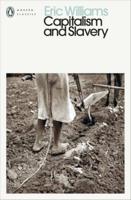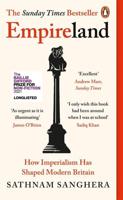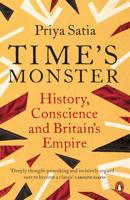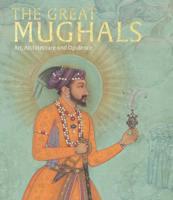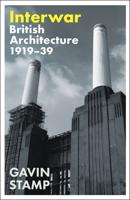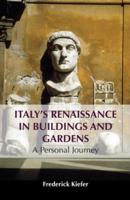Publisher's Synopsis
This book is all about a sense of place, about our fascination with the fact that, wherever we are in the world, we're living, breathing, feeling and thinking where thousands of other people have done so before us. That fascination is heightened when the location in question has been the scene of great events - sometimes joyous, sometimes calamitous - a place where history was made. Colin Philpott, Director of the National Media Museum, takes us on a personal journey around Great Britain to visit destinations, such as sports stadiums, that were built to stage great events, or places made famous by a single event such as a disaster, or an event of social, political or cultural significance. Poignant sites include the scene of the last civilian death in World War Two; Aberfan village in South Wales where 144 schoolchildren died in the 1966 coal tip disaster; the Gloucester House of Horrors where Fred and Rosemary West murdered 11 people; and a suburban house in New Cross that was the scene of a racist arson attack in 1981.Here, too, are places where joyful events took place: the site of the landmark Isle of Wight Music Festival in 1969; Iffey Road running track, where the first sub-four minute mile was run by Roger Bannister in 1936; and Beulah Hill in south London where Pickles the dog found the stolen World Cup in 1966. Also revisited are places where great scientific discoveries were made, including Cavendish Laboratory in Cambridge, where the splitting of the atom and DNA research was carried out, and Oldham Royal Hospital, where the first test tube baby was born in 1978. The journey is not just sentimental or nostalgic: it does not assume that the past was always better. It also examines what has happened to those places touched by history, how changing uses reflect changes in society, particularly in economic circumstances and in leisure time. Above all, it is a journey to inspire further exploration and discovery and an enduring sense of place.

